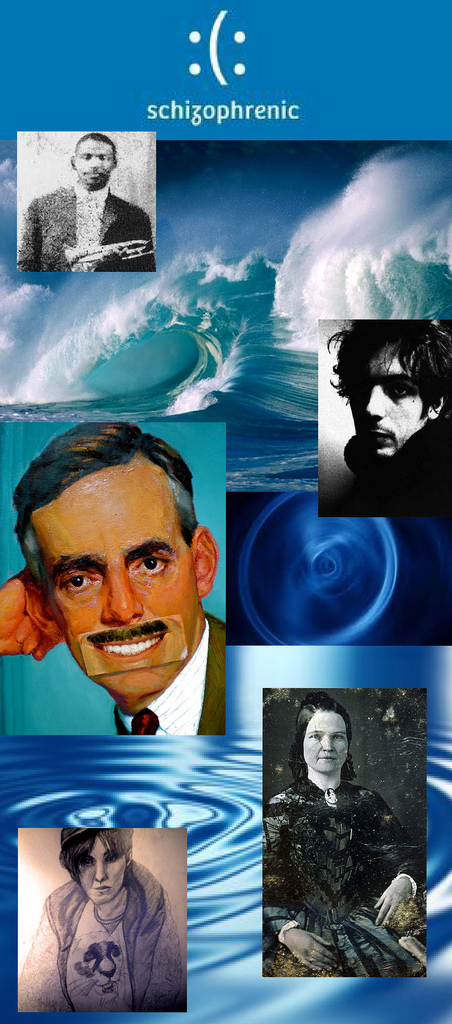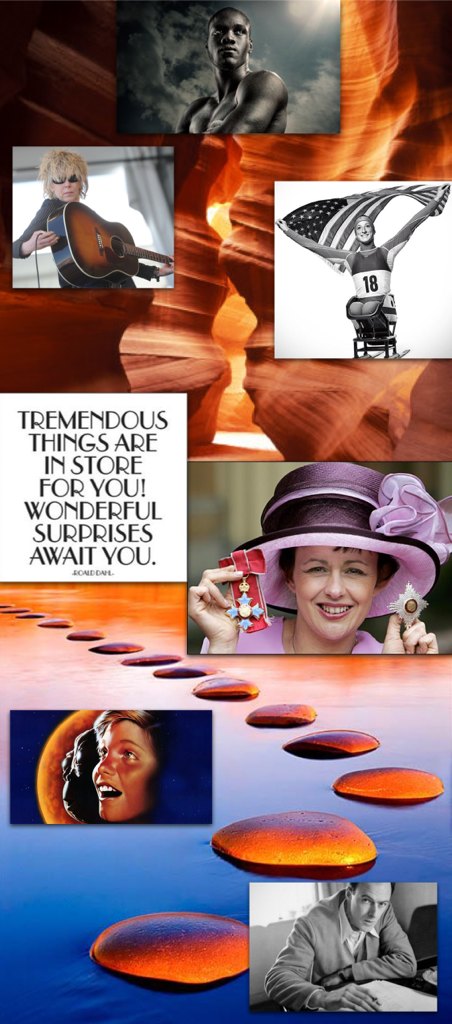sensory
Schizophrenia Hall of Fame
What is Schizophrenia?
All of us, somehow, have experienced hearing something only to discover nothing when we turn our heads. But not all of us experience hearing voices inside our minds that tell us to do something which turn us into monsters of sorts.
Yet, it is unfortunate that there are people who go through life with . . . Read More »
Speech Ailments Hall of Fame
What is a Speech Ailment?
Speech ailments, disorders or impediments are a type of communication disorders where ‘normal’ speech is disrupted. This can mean stuttering, lisps, etc. Someone who is unable to speak due to a speech disorder is . . .More
Be Inspired
By the achievements and abilities! Take a quick look into the archives of people . . . Read More »
Spina Bifida Hall of Fame
What is Spina Bifida?
Spina Bifida literally means “split spine.” It happens when a baby is in the womb and the spinal column does not close all of the way. Every day, about eight babies born in the United States have Spina Bifida . . .More
SCI Hall of Fame
What is a SCI?
Spinal Cord Injuries(SCI) result from damage to the vertebrae, ligaments or disks of the spinal column or to the spinal cord itself. A traumatic spinal cord injury may stem from a sudden, traumatic blow to your spine . . .More
Tourettes Hall of Fame
What is Tourettes?
Gilles de la Tourette Syndrome is a neurological disorder which becomes evident in early childhood or adolescence. The first symptoms usually are involuntary movements (tics) of the face, arms, . . .More






